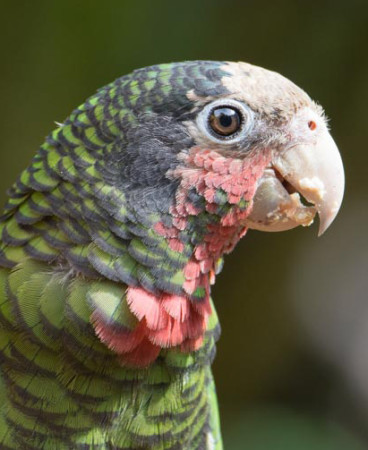
Standing on the balcony of the Kurhotel in Topes de Collantes, Cuba, it is impossible to ignore the Cuban Martins darting about, the excited chattering of the Cuban Parrots, and the soft tocoro-tocoro of the Cuban Trogon coming from the forest. This location, high in the Escambray Mountains, was the perfect venue for the BirdsCaribbean 21st International Conference.
Hailing from 30 different islands and countries, 240 enthusiastic students, researchers and other professionals came together for five days to support Caribbean birds by networking, learning and sharing. The theme of the conference was “Celebrating Caribbean Diversity” and what better way to start than with the spectacularly diverse host country? Cuba Day included a range of fantastic talks discussing topics from introduced species and their effects to educational efforts of the National Museum of Natural History to the birds of Cuba only known from the archaeological record.
Each morning of the conference thereafter, dedicated individuals met bright and early before the sessions for working group meetings—concentrated discussions focusing on a common theme or species. There was a place for everyone at the table and new ideas were shared about the conservation of Bicknell’s Thrush, Black-capped Petrels, West Indian Whistling-Ducks, parrots, flamingos, and other endemic and threatened species.
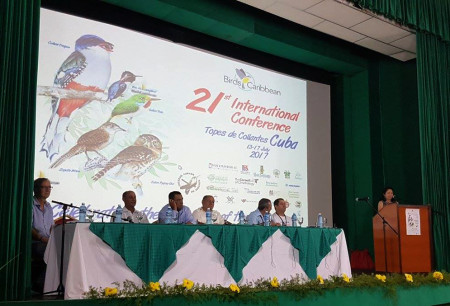
Another common early morning activity was- of course- birding! Before sunrise every day, birders from different countries would meet in the hotel lobbies, form small groups and walk off together into the morning light, hoping to get a glimpse of one of Cuba’s many endemic species found in Topes de Collantes. “I heard there is a Stygian Owl with young here!” said a duo from Cornell- a rumor that fueled many fruitless searches. The morning trips around Hotel Los Helechos were invariably filled with the call of Limpkins, Cuban Pewees, and new friends eager to be sharing their passion together.
The conference program was filled with outstanding presentations, representing the hard work and dedication to conservation of individuals across the Caribbean. In addition to learning critical information, participants were treated to special media that shared intimate moments of Caribbean avifauna. For example, during the Recent Advances in Seabird Conservation session, the audience was able to see a “bird’s-eye” view of foraging behavior in Magnificent Frigatebirds, with a camera mounted on the back of a wild bird. And who could forget the fantastic up-close photographs documenting the nesting cycle of the smallest bird in the world (a Cuba endemic), the Bee Hummingbird?
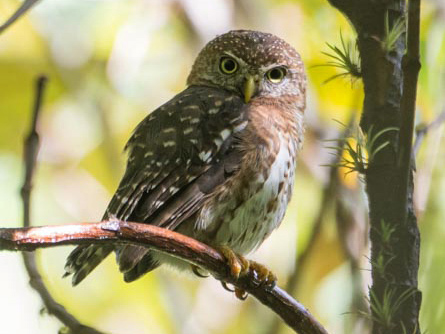
One of the highlights at the conference came from Herbert Raffaele, when he announced that he will be updating the Birds of the West Indies field guide. The new version will include updated information about ranges, changes in taxonomy, and some new illustrations. This announcement is especially exciting because the project is fully supported by Princeton University Press.
On the third day of the conference, participants set off in all directions for a day of field trips to explore the beauty and uniqueness of Cuba. A large contingent took buses down the mountain to the nearby town of Trinidad, a UNESCO World Heritage site. There they were greeted with a rainbow of brightly colored colonial buildings, unpaved roads and mid-century era cars, all of which evoked a sense that time had forgotten this charming city. The tour gave the history of the area while meandering through the streets, stopping occasionally to admire the exquisite handiwork of local artisans. Some conference goers were even able to try their hand at pottery making themselves!
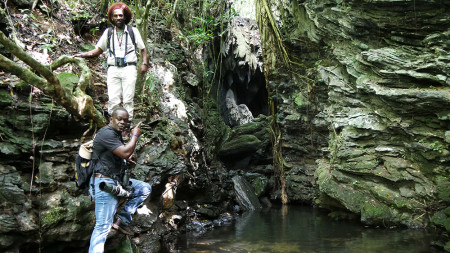
Those participants that did not go to Trinidad headed in the other direction – for the hills – on a variety of gorgeous hikes around the Topes de Collantes Nature Reserve. One group took a hike to picturesque Vegas Grande waterfall, the second largest on the island. With cool, blue water at the bottom of the falls, swimmers were rewarded with a front row seat to White-collared Swifts exiting their roosting site. Groups were also given a tour of a coffee house and learned the traditional ways of harvesting and roasting the beans- and even got to enjoy a small, very strong cup. In addition to all the new life birds seen on the trails, all the hikers from this day will remember the fun of the open-air Russian vehicles that proved to be more like a roller coaster than a truck ride.
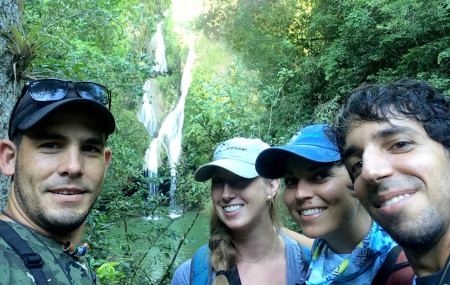
While the days were filled with bird watching and absorbing all the information at the conference, the nights were filled with live music, professional dancers, and dancing. The cool air of the mountains made the outdoor performances a delight and it was difficult to say no when asked to dance with your new (and old) friends.
Leaving the conference after five full days of intense knowledge sharing and exploring the incredible uniqueness of Cuba, participants were clearly motivated and instilled with a renewed commitment to conservation in the Caribbean. We are so excited to hear about all of the great research and outreach this momentum leads to at our next conference in Guadeloupe in 2019!
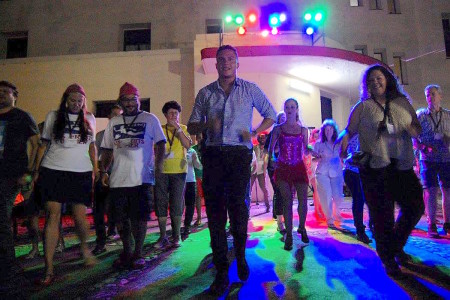
See additional articles about the conference:
Coffee, Cave, and a Shot of Expresso
BirdsCaribbean Cuba Conference Connects Scientists and Promotes Conservation
David Wingate Honoured with Lifetime Achievement Award
BirdsCaribbean Conference in Cuba to Highlight Tourism, Technology and More
Exciting Speakers Lined Up for BirdsCaribbean’s 21st International Conference in Cuba
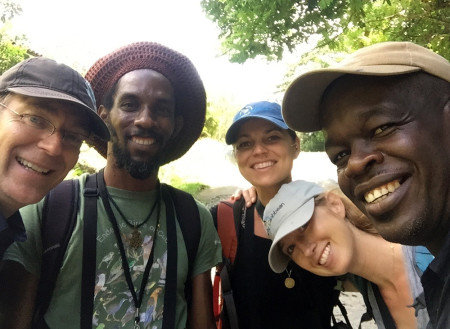
Cuba to Host BirdsCaribbean’s 21st International Conference
Jessica Rozek is a PhD student at Tufts University, where she is focusing her research on Caribbean wetland conservation and human-wetland-bird interactions. Learn more about her research here.
